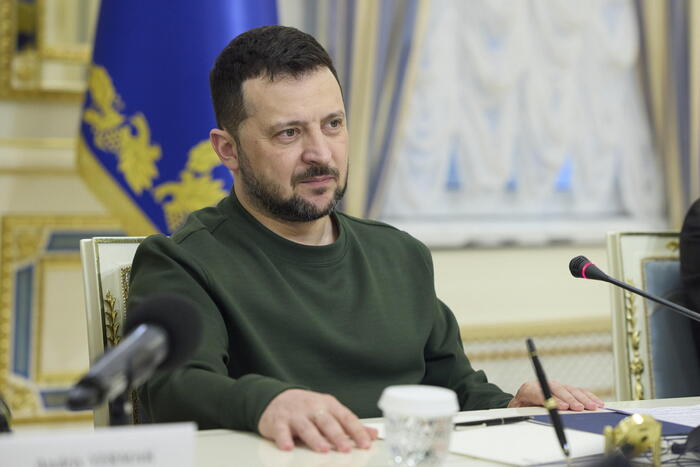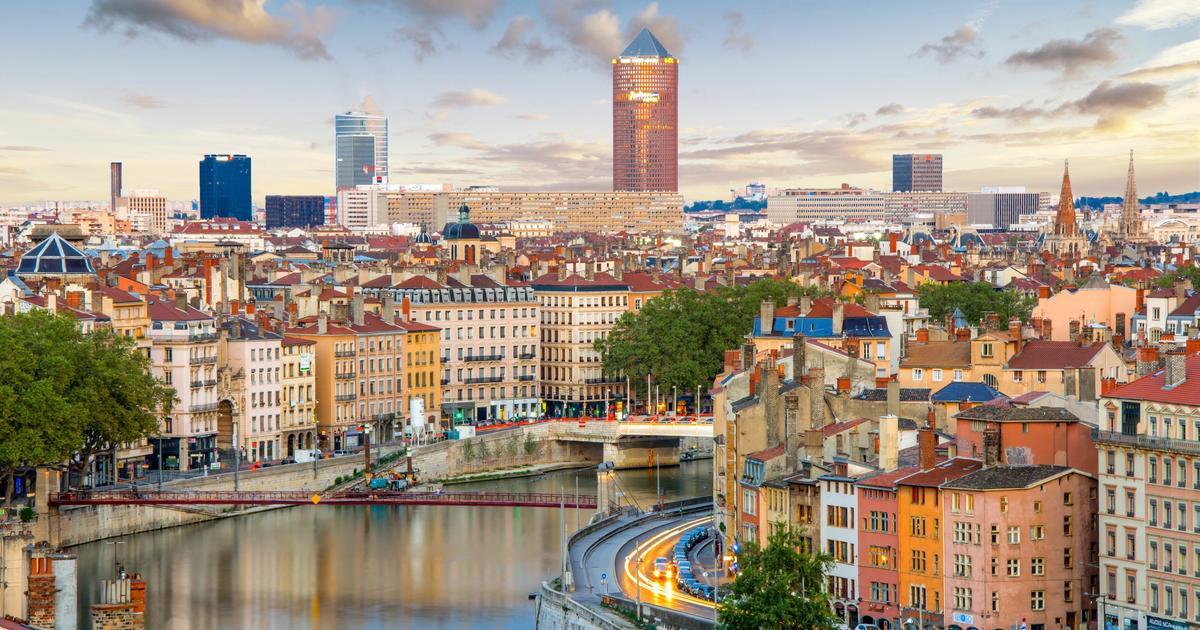On April 26, 1933, Hermann Göring, Commander-in-Chief of Nazi Germany's Air Force, the Luftwaffe, signed the decree creating the Geheime Staatspolizei (better known as the Gestapo), one of the great symbols of the Nazi police
state
.
Until then there was already a secret political police, which had assassinated political opponents in the first years of the government of the Nazi Party of Adolf Hitler.
In February of that same year, 1933, he had already executed 50 opponents.
But on April 26, with the new decree, the range of action was expanded, both territorial and jurisdictional.
Barely a year later, in April 1934, it fell under SS control.
A Gestapo office was created in each district, which set up
a network to monitor public opinion.
It was not a criminal police force but a political police whose indications were orders for the other police forces and for the Administration and which had more than 50,000 men.
The Gestapo headquarters at Prinz-Albrecht-Straße 8 (present-day Niederkirchnerstraße), Berlin (1937).
The extermination machinery
The Gestapo was not responsible to anyone, not even to a judicial system that was absolutely under Nazi orders, so it could murder with impunity or put whoever it saw fit into the first concentration camps.
It was one of the main tools to set up and manage the concentration and extermination camps and
its men were among the main war criminals.
SS boss Heinrich Himmler turned the Gestapo into
an effective repression machine
and integrated it into the Reich Security Main Office (RSHA), forcing the still existing regular police forces (Kriminalpolizei, Ordnungspolizei and Sicherheitspolizei) will join the Gestapo.
Many other of the men who later paraded through the Nuremberg trials for Nazi war crimes were the great drivers of the Gestapo.
The RSHA was led until 1942 by Reinhard Heydrich, a man history saw as one of the most unscrupulous Nazis, a man devoid of any sense of morality.
And the Gestapo passed to the controls of a subordinate of Heydrich, Heinrich Müller.
When Heydrich was killed by Czech resistance fighters, the RSHA was led by another SS, Ernst Kaltenbrunner.
Chronology
Swipe to go through the most important facts
1933april
The Gestapo was founded on April 26 by the then Minister of the Interior Hermann Göring.
His only goal was to kill all those who were considered a danger to the Hitler government.
1933
The Gestapo was created with the absorption of the Prussian State Police, a police force that investigated political crimes committed in Prussia from the mid-19th century until 1933. The last director of the Prussian State Police and first of the Gestapo was Rudolf Diels.
1934
Göring replaced Diels as commander of the Gestapo in Prussia and recommended extending the role of this police force to all of Germany.
1934
The joint forces of the SS and the Gestapo carried out a series of mass arrests, taking advantage of the opportunity to eliminate all those who were "annoying" to the interests of the Nazi party.
1934 June 30
"The night of the long knives": it was a series of executions in cities like Berlin and Munich.
SS members arrested and later murdered no fewer than 85 people, including Ernst Röhm, the head of the Storm Troopers (SA), linked to the NSDAP, the National Socialist German workers' party, accused of plotting against the leader, Adolf Hitler.
1934
At its peak, the number of Gestapo agents numbered no more than 32,000.
February 19453
Its main building in the German capital was bombed.
1945
At the beginning of April of this year, its officials began to burn files and documentation that could be compromising.
1945 April 29
The Soviets planted a hammer and sickle flag at the Gestapo headquarters in Berlin, only to be repelled by a large group of SS men.
May 19457
The Gestapo was dissolved by US General Dwight Eisenhower.
1945-1946
During the Nuremberg trials, the Gestapo was considered a criminal organization and was banned throughout the country.
It was a repressive tool that sought to maintain a
situation of internal terror
to avoid any sign of political opposition to the Nazis.
The Gestapo in World War II
With the outbreak of World War II the Gestapo grew.
Heinrich Himmler expanded his powers so that
he also acted in the occupied countries
, where he had the same function, ending the political opposition to the Nazis and those resisting the occupation.
The Gestapo went down in history as the absolute symbol of terror and control that a State can impose on its population.
Throughout Europe, for the hundreds of millions of Europeans who lived through the Nazi occupation, "Gestapo" was forever etched in their minds as a synonym for
illegal arrests, executions, torture, disappearances,
the murder of millions of people.
One of its units, the 'Amt IV B4', led by Adolf Eichmann (whom Israel captured in Argentina to take him out of the country, try him and sentence him to death), was responsible for the capture, detention and transfer of Jews from all over Europe. to the Nazi death camps.
At the Nuremberg trials it was condemned as an organization.
The Gestapo was unable to prevent the attack against Hitler, organized by high commands of the Armed Forces, which nearly killed the Nazi leader on July 20, 1944, a failed operation that nevertheless became a symbol of the resistance against the macabre machinery of death of Nazism.
Brussels, special
BC
look also
Ben Ferencz, the last prosecutor at the Nuremberg trials, has died
60 years after the "Red Telephone" that was neither red nor a telephone









